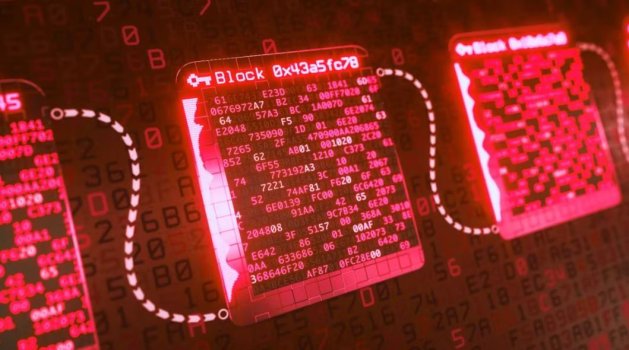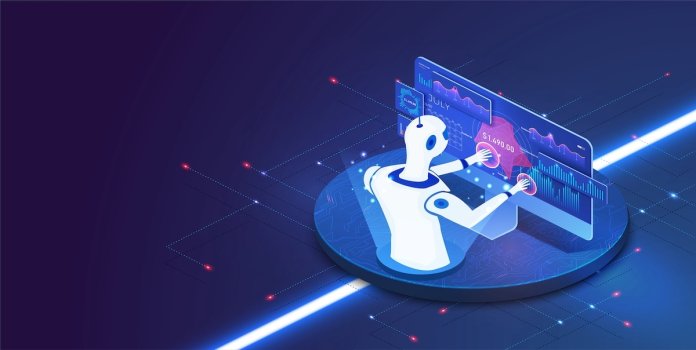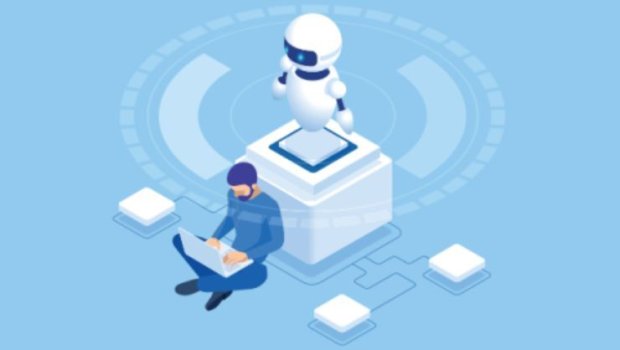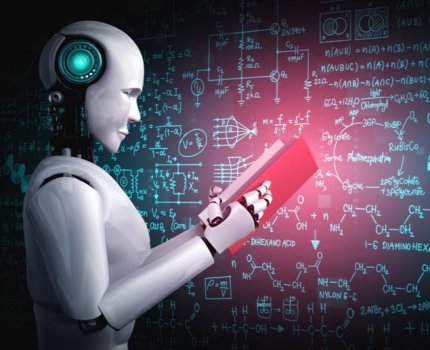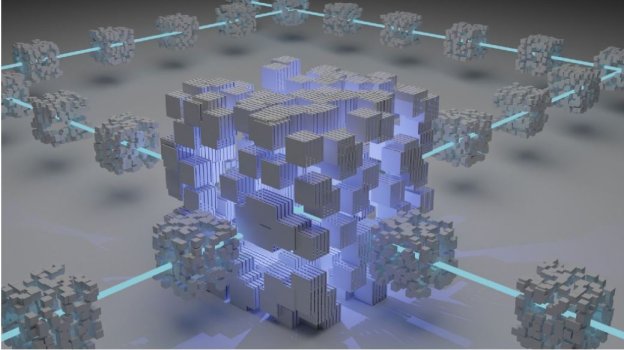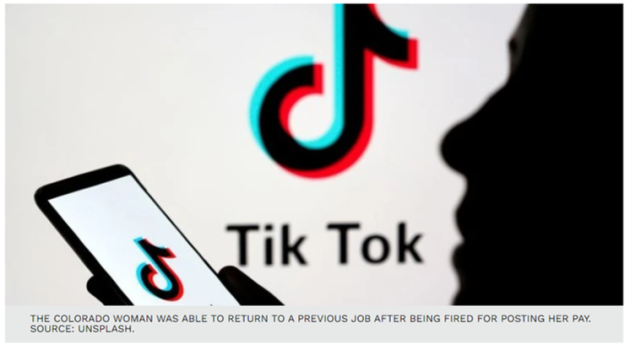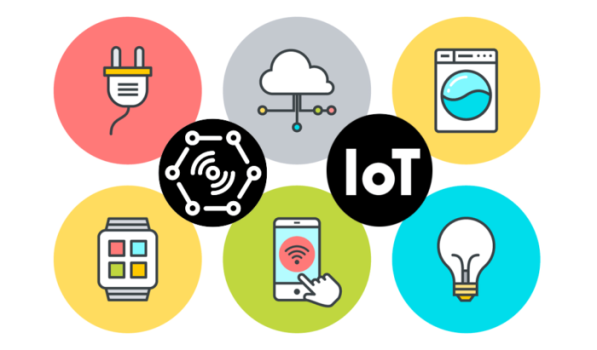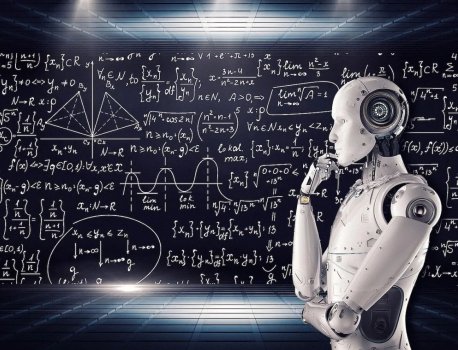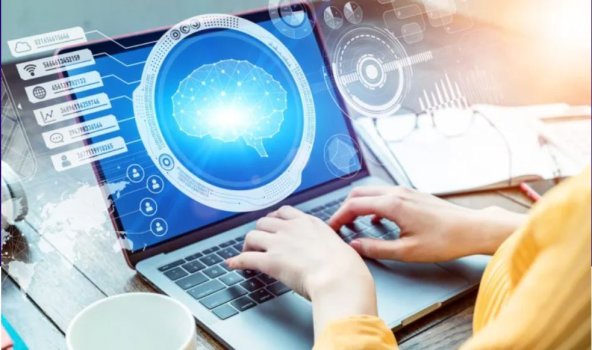The race to build a social media platform on the blockchain
- Technology Solutions
- 0 Replies
It’s easy to be skeptical of the big social media giants. They typically sell user data to advertisers and have been mired in controversy for their approach to content moderation. Web3 proponents think they can build a new system altogether that sidesteps the concentrated power of platforms — a decentralized social media (DeSo) ecosystem where users ideally have more ownership over the content they create.
DSCVR, a blockchain-based social network built on Dfinity’s Internet Computer protocol, has entered the race to build a scalable DeSo platform with $9 million in seed funding led by Polychain Capital. Other participants in the round include Upfront Ventures, Tomahawk VC, Fyrfly Venture Partners, Shima Capital and Bertelsmann Digital Media Investments (BDMI), according to the company.
It’s a competitive space with plenty of startups and large companies racing to build a network that provides utility for its users. Earlier this month, ex-Coinbase employee Dan Romero secured $30 million led by a16z to develop Farcaster, a DeSo protocol that allows users to move their social identity across different apps. TechCrunch covered another seed-stage startup, Primitives, that raised a $4 million round in May for its own Solana-based DeSo network. Big tech is in the game, too — Twitter funds an offshoot of its service called BlueSky, an open-source DeSo project founded in 2019 that hasn’t gone live but is experimenting publicly with its development process.
DSCVR, for its part, hosts token-gated communities called “portals,” where users have to own a certain NFT to be able to participate. The communities help NFT projects build hype by airdropping digital assets to DSCVR users, co-founder and CEO Rick Porter told TechCrunch in an interview.
“People need distribution for their NFTs. They want to achieve liquidity for their NFTs, and they need real people, not bots, to own these NFTs and to potentially hold on to them ourselves. So we become a distribution channel for NFTs so that [people seeking distribution] have a 10,000 entity collection and they might drop 1,000 to our top users,” Porter said.
DSCVR has onboarded over 100,000 users, according to Porter, and has generated “millions of dollars” in NFT rewards for those users through the airdrop reward mechanism. What sets it apart from other DeSo platforms, Porter said, is in its goal to build a bridge between Web 2.0 and web3.
Continue reading: https://techcrunch.com/2022/07/25/the-race-to-build-a-social-media-platform-on-the-blockchain/
DSCVR, a blockchain-based social network built on Dfinity’s Internet Computer protocol, has entered the race to build a scalable DeSo platform with $9 million in seed funding led by Polychain Capital. Other participants in the round include Upfront Ventures, Tomahawk VC, Fyrfly Venture Partners, Shima Capital and Bertelsmann Digital Media Investments (BDMI), according to the company.
It’s a competitive space with plenty of startups and large companies racing to build a network that provides utility for its users. Earlier this month, ex-Coinbase employee Dan Romero secured $30 million led by a16z to develop Farcaster, a DeSo protocol that allows users to move their social identity across different apps. TechCrunch covered another seed-stage startup, Primitives, that raised a $4 million round in May for its own Solana-based DeSo network. Big tech is in the game, too — Twitter funds an offshoot of its service called BlueSky, an open-source DeSo project founded in 2019 that hasn’t gone live but is experimenting publicly with its development process.
DSCVR, for its part, hosts token-gated communities called “portals,” where users have to own a certain NFT to be able to participate. The communities help NFT projects build hype by airdropping digital assets to DSCVR users, co-founder and CEO Rick Porter told TechCrunch in an interview.
“People need distribution for their NFTs. They want to achieve liquidity for their NFTs, and they need real people, not bots, to own these NFTs and to potentially hold on to them ourselves. So we become a distribution channel for NFTs so that [people seeking distribution] have a 10,000 entity collection and they might drop 1,000 to our top users,” Porter said.
DSCVR has onboarded over 100,000 users, according to Porter, and has generated “millions of dollars” in NFT rewards for those users through the airdrop reward mechanism. What sets it apart from other DeSo platforms, Porter said, is in its goal to build a bridge between Web 2.0 and web3.
Continue reading: https://techcrunch.com/2022/07/25/the-race-to-build-a-social-media-platform-on-the-blockchain/




